
Cameras are cool, but it’s the glass that really counts. After all, lenses are main reason you buy into any camera system. As much as you love your current DSLR or mirrorless body, in a few years, you’ll no doubt be using the upgraded model, but you’ll probably still be shooting with some or all of the same lenses that you started with.
Sure, over the years, you may add some new glass and modify your kit, but in general, most photographers don’t upgrade lenses nearly as often as they do cameras. I’ve got a few Nikon lenses that have been through seven generations of SLR and DLSR upgrades.
During the past few years, I’ve transitioned to using Fuji gear. I’m using the X-T2 as my main camera for everything now. Having experimented with a variety of the different XF lenses on a wide variety of subject matter, I’ve come to realize that Fuji is as serious about their lenses as they are about their cameras and they were about their film back in the day.
Although mirrorless gear sometimes has the stigma that it’s not quite as “serious” as DSLR gear, make no mistake: this is downright serious quality glass here, and the awesome XF 50-140mm f/2.8 fast weather sealed tele zoom proves that Fuji has come to the table with some big and very serious guns. These are truly great lenses, and after trying out a number of their models, I’ve narrowed down which of the four Fuji XF lenses I like the best for my style of photography. Ok, five.
Note – The XF 50-140mm f/2.8 zoom (currently $150 off) makes the top of this list.
Period. Any serious Fuji shooter who came from DSLRs and who used to rely on a Nikon or Canon 70-200 f/2.8 zoom should get this lens. It’s a truly amazing piece of glass. You can read my full review of the Fuji 50-140 lens here.
Also, check out my mini review of the XF100-400
I’ve been having tons of fun with this one all summer. It’s a pretty cool lens.
Now onto my favorite X Series lenses.
XF 14mm f/2.8
 I’m a wide angle guy. Always have been. Ever since I first picked up a used Nikon 28mm lens back in the summer of 1990, I’ve been hooked on shooting the wide views. For years, my SLR lens of choice was the Nikon 24mm f/2.8.
I’m a wide angle guy. Always have been. Ever since I first picked up a used Nikon 28mm lens back in the summer of 1990, I’ve been hooked on shooting the wide views. For years, my SLR lens of choice was the Nikon 24mm f/2.8.
I love the Fujifilm XF 14mm f/2.8 ultra wide angle lens. It reminds me very much of my beloved Nikon 24 in size, weight and feel, but with the added benefit of being 3 degrees wider in effective view. (Since the Fuji is an APS-C sized sensor with a 1.5x crop, the 14mm effectively acts as a 21mm f/2.8.)
This is by far my favorite of the Fuji XF lenses, and if I had to narrow my kit down to just one lens, this would be the one I’d fight to keep. As much as I’d miss the telephotos, I just don’t think I could live without a wide lens in my kit.
With it’s fast maximum aperture and very little distortion out at the edges of the frame, I find the XF 14mm f/2.8 useful for just about every type of subject. It excels for shooting landscapes, but it also works great for shooting action and adventure, environmental portraiture, locations, and interiors.
It’s light, compact and extremely sharp. It also has a manual focus option and it’s one of the XF lenses that has a traditional aperture ring with engraved f/stop numbers. It also comes with a good lens hood. With regards to overall performance, versatility and the fact that a 21mm angle of view just hits a focal length sweet spot, the XF 14mm f/2.8 is truly an outstanding lens. Here’s my full review.
[iframe]<iframe width=”120″ scrolling=”no” height=”240″ frameborder=”0″ border=”0″ src=”http://mer54715.datafeedfile.com/widget/aff_widget_prdt_generate-2.0.php?aff_num=6746&aff_net=1&widget_num=5948&sid=” marginheight=”0″ marginwidth=”0″></iframe><iframe style=”width:120px;height:240px;” marginwidth=”0″ marginheight=”0″ scrolling=”no” frameborder=”0″ src=”//ws-na.amazon-adsystem.com/widgets/q?ServiceVersion=20070822&OneJS=1&Operation=GetAdHtml&MarketPlace=US&source=ss&ref=ss_til&ad_type=product_link&tracking_id=danhbaisadvph-20&marketplace=amazon®ion=US&placement=B009L1HC2I&asins=B009L1HC2I&linkId=6K6VUS5JUEZ6JVMK&show_border=true&link_opens_in_new_window=true”>
</iframe><iframe style=”width:120px;height:240px;” marginwidth=”0″ marginheight=”0″ scrolling=”no” frameborder=”0″ src=”//ws-eu.amazon-adsystem.com/widgets/q?ServiceVersion=20070822&OneJS=1&Operation=GetAdHtml&MarketPlace=GB&source=ss&ref=ss_til&ad_type=product_link&tracking_id=danbaiphoblo-21&marketplace=amazon®ion=GB&placement=B009L1HC2I&asins=B009L1HC2I&linkId=QMXDQO474NJHPMZM&show_border=true&link_opens_in_new_window=true”>
</iframe>[/iframe]
XF 90mm f/2 WR
 I’ve also got a thing for fast short telephoto primes. My Nikon 85 f/1.8 saw heavy use over the years, and before that, my manual focus 105 f/2.5 was one of my heavy hitters. I’ve actually owed three of them in twenty years. Two of them were stolen; one from my car, one from my house. Both break-ins. It sucked.
I’ve also got a thing for fast short telephoto primes. My Nikon 85 f/1.8 saw heavy use over the years, and before that, my manual focus 105 f/2.5 was one of my heavy hitters. I’ve actually owed three of them in twenty years. Two of them were stolen; one from my car, one from my house. Both break-ins. It sucked.
I also love fast big tele zooms, like my old Nikon 80-200mm f/2.8. These days, the Fuji XF 50-140mm f/2.8 fast weather sealed tele zoom is my big gun of choice. However, big tele zooms are… well… big, and sometimes that’s a problem.
The new Fuji XF90mm f/2 WR lens offers the best of both worlds. To me, it’s the perfect compromise between a fast short tele and a longer zoom. With an equivalent view of the classic 135mm f/2, which has long been the standard lens for photographing people and distant scenes, the Fuji 90 is truly a special piece of glass.
This is another very well built lens that also comes with an old school aperture ring and a solid lens hood, but those things are just the icing. The real ingredient of this lens is the superbly crisp detail that this lens renders in front of a totally dreamy background of super delicious bokeh. We’re talking bokeh that’s worth fantasizing about. The kind that some people pine endlessly about on photography forums. Boken that sets the definition of the word.
This is an excellent lens for portrait and travel work, but I also like it for action, because it’s super fast and it lets me isolate my subject from the background and create narrative that don’t just show, subject/background relationships, they indicate, suggest, hint, abbreviate, insinuate, and imply. In creative photography, those words carry power. That’s what you go for.
And it’s so much smaller and lighter than carrying a big f/2.8 tele zoom. While that tele zoom comes in handy for a lot of photography styles, when you’re traveling or adventuring, this is a very worth tradeoff. You lose the zoom, but you gain a single sweet angle of view, an extra stop and a much smaller, lighter piece of glass.
XF90mm f/2 WR lens is so freaking sharp, and it has blazingly fast Quad Linear autofocus motor, so it’s pretty much awesome for any kind of photography. Since it’s so fast and relatively compact, it’s great for travel. You could shoot the inside of a dimly lit tomb with this lens hand held.
If you’re a dedicated portrait or wedding shooter and don’t need super fast AF, you probably want to check out the Fuji XF 56mm f/1.2. This is also a truly amazing piece of glass, and it’s even faster by over two stops. Think of this one as Fuji’s version of the classic 85mm portrait lens.
[iframe]<iframe width=”120″ scrolling=”no” height=”240″ frameborder=”0″ style=”border:none;” border=”0″ src=”http://mer54715.datafeedfile.com/widget/aff_widget_prdt_generate-2.0.php?aff_num=6746&aff_net=1&widget_num=6912&sid=” marginheight=”0″ marginwidth=”0″></iframe><iframe style=”width:120px;height:240px;” marginwidth=”0″ marginheight=”0″ scrolling=”no” frameborder=”0″ src=”//ws-na.amazon-adsystem.com/widgets/q?ServiceVersion=20070822&OneJS=1&Operation=GetAdHtml&MarketPlace=US&source=ss&ref=ss_til&ad_type=product_link&tracking_id=danhbaisadvph-20&marketplace=amazon®ion=US&placement=B00XI4PAZ0&asins=B00XI4PAZ0&linkId=YV323WFB7MCGKVOZ&show_border=true&link_opens_in_new_window=true”>
</iframe><iframe style=”width:120px;height:240px;” marginwidth=”0″ marginheight=”0″ scrolling=”no” frameborder=”0″ src=”//ws-eu.amazon-adsystem.com/widgets/q?ServiceVersion=20070822&OneJS=1&Operation=GetAdHtml&MarketPlace=GB&source=ss&ref=ss_til&ad_type=product_link&tracking_id=danbaiphoblo-21&marketplace=amazon®ion=GB&placement=B00XTPE4AK&asins=B00XTPE4AK&linkId=&show_border=true&link_opens_in_new_window=true”>
</iframe>[/iframe]
XF 18-135mm f/3.5-5.6 Weather Sealed
 Fuji’s first weather sealed lens, this is the true companion lens for the X-T1. However, despite the fact that it has 20 points of weather sealing on the barrel and special ventilation system that keeps dust out of the lens, that wasn’t what surprised everyone when it came out earlier this year.
Fuji’s first weather sealed lens, this is the true companion lens for the X-T1. However, despite the fact that it has 20 points of weather sealing on the barrel and special ventilation system that keeps dust out of the lens, that wasn’t what surprised everyone when it came out earlier this year.
By all counts, the Fuji XF 18-135mm is another medium speed, no-so-fast, wide angle to telephoto range zoom. There are a ton of these kinds of lenses out there, but very few of them are this sharp. Apparently someone forgot to tell the Fuji engineers that mid priced, slow zooms are supposed to be fuzzy at the edges, because this one is not.
The XF 18-135mm is pretty darn sharp, even at the edges, and at all apertures and through the entire focal length range. I’ve done quite a bit of testing on this lens and I can’t believe how much detail is preserved across the entire range, especially for a “kit-style” lens. In addition, it’s one of the fastest autofocusing lenses in the entire Fuji lineup.
Combined with an an effective view of 27-206mm, the XF 18-135mm is an extremely versatile tool. If this was the only lens you had on your interchangeable X camera body, you wouldn’t be an unhappy camper, because this lens can do just about anything. Sure, it’s not super fast, but it does have a very capable OIS image stabilization system that makes it possible to hand hold this lens at very low shutter speeds.
Remember what I said about the 14mm lens above? Well, ever since I got this lens, I’ve actually used it more than my XF 14mm f/2.8. Why? Because I can leave the house with just one lens and be covered with a very wide range of focal lengths. Sure, it’s bigger than the 14mm, but it’s not bigger than carrying two or three prime lenses, which is what I’d have to do to achieve the same range.
I’ve never been a huge fan of the mid range zoom until now, and only because this one performs so well. Is it perfect for everything? No. Does it outperform my primes? Is it better than a big tele zoom like the XF 50-140mm f/2.8? For most things, no, but for its range and usability, it’s pretty compact and definitely sharp enough for pro work. In my mind, you couldn’t ask for a more capable “go anywhere and do everything” lens.
[iframe]<iframe width=”120″ scrolling=”no” height=”240″ frameborder=”0″ border=”0″ src=”http://mer54715.datafeedfile.com/widget/aff_widget_prdt_generate-2.0.php?aff_num=6746&aff_net=1&widget_num=5947&sid=” marginheight=”0″ marginwidth=”0″></iframe><iframe style=”width:120px;height:240px;” marginwidth=”0″ marginheight=”0″ scrolling=”no” frameborder=”0″ src=”//ws-na.amazon-adsystem.com/widgets/q?ServiceVersion=20070822&OneJS=1&Operation=GetAdHtml&MarketPlace=US&source=ss&ref=ss_til&ad_type=product_link&tracking_id=danhbaisadvph-20&marketplace=amazon®ion=US&placement=B00KZHOYSW&asins=B00KZHOYSW&linkId=YNJ3H5HR3PAIXGUH&show_border=true&link_opens_in_new_window=true”>
</iframe><iframe style=”width:120px;height:240px;” marginwidth=”0″ marginheight=”0″ scrolling=”no” frameborder=”0″ src=”//ws-eu.amazon-adsystem.com/widgets/q?ServiceVersion=20070822&OneJS=1&Operation=GetAdHtml&MarketPlace=GB&source=ss&ref=ss_til&ad_type=product_link&tracking_id=danbaiphoblo-21&marketplace=amazon®ion=GB&placement=B00L05ZUR2&asins=B00L05ZUR2&linkId=Q62Y6V3KLSWHK34N&show_border=true&link_opens_in_new_window=true”>
</iframe>[/iframe]
XF 35mm f/2 Weather Sealed
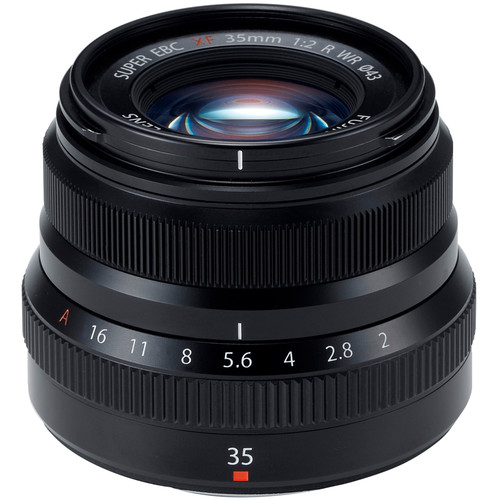 The new 35mm f/2 WR is my favorite, small “walk around” and all purpose lens. Why? Because it’s tiny, relatively fast and quite sexy.
The new 35mm f/2 WR is my favorite, small “walk around” and all purpose lens. Why? Because it’s tiny, relatively fast and quite sexy.
In full frame terms, it’s just like having a weather sealed 50mm f/2 lens that looks more like a Leica Summicron lens than a Nikon or Canon lens. Seriously, stick this on the front of your X Series body and you’ve just added ten points to the “Classic Factor” of your Fuji.
Although I’m not usually a huge fan of that whole “middle focal length range,” sometimes that “standard look” offers just the right angle of view and the perfect, shallow depth of field.
I find it great for all around photography, but it’s no slouch. I’ve used it for a variety of subjects and it does well with just about everything. With VERY fast AF, the 35mm f/2 is really a hot little lens, and it’s pretty darn tiny. Slap the 35 f/2 on my X-T1 body and I hardly feel like I’m carrying anything at all. Sometimes that trumps everything.
This is the lens I take with me when I want to go totally minimal. Think family trips, street, ultra lightweight situations and situations were I want a camera, but I know that I’ll have little time to shoot “really cool stuff.” This gives me a good, single lens setup that easily fits in a day pack, even a large pocket, and it still gives me creative options.

@Danbaileyphoto @FujifilmX_US Couldn't agree more! This has been my favorite lens pretty much ever since I first attached it to my XT1!
When it comes to quality, the XF 35mm f/2 WR gets the job done in a big way. You get that traditional look, which works for a wide variety of subjects, and it gives a nice shallow depth of field up close, so it’s really nice for portraits. When it comes to shooting action and landscapes with this focal length, you have to work a little harder to get exciting compositions, (you usually have to be closer) but if you nail it, you’ll get great results. Read my full review of this lens here.
[iframe]<iframe width=”120″ scrolling=”no” height=”240″ frameborder=”0″ style=”border:none;” border=”0″ src=”http://mer54715.datafeedfile.com/widget/aff_widget_prdt_generate-2.0.php?aff_num=6746&aff_net=1&widget_num=6949&sid=” marginheight=”0″ marginwidth=”0″></iframe><iframe style=”width:120px;height:240px;” marginwidth=”0″ marginheight=”0″ scrolling=”no” frameborder=”0″ src=”//ws-na.amazon-adsystem.com/widgets/q?ServiceVersion=20070822&OneJS=1&Operation=GetAdHtml&MarketPlace=US&source=ss&ref=ss_til&ad_type=product_link&tracking_id=danhbaisadvph-20&marketplace=amazon®ion=US&placement=B016S28I4S&asins=B016S28I4S&linkId=AMVBUCWOXZ5BCM2B&show_border=true&link_opens_in_new_window=true”>
</iframe>[/iframe]
So, here they are again- my 4 favorite lenses for the X Series cameras.
Of course, narrowing down to just four is nearly impossible, so here’s the actual list of the “Go-To” lenses that I find myself using most in my photography. Notice that they’re almost all primes. Go figure. Any and all of these lenses would be awesome on your Fuji.
Your reviews on Fujinon lenses had helped me on my choices in purchasing the most optimum lenses.

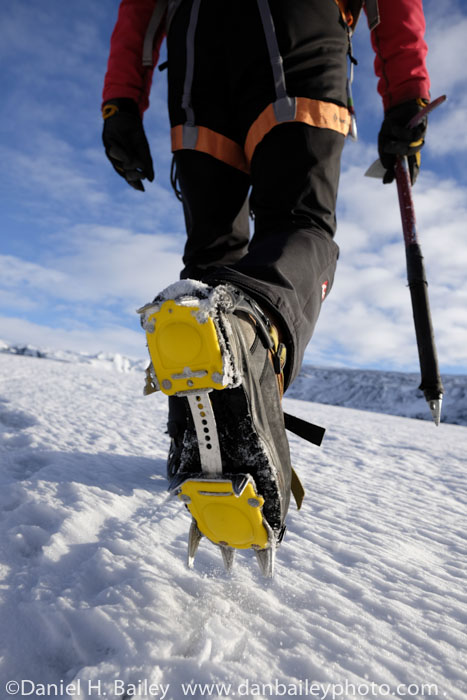
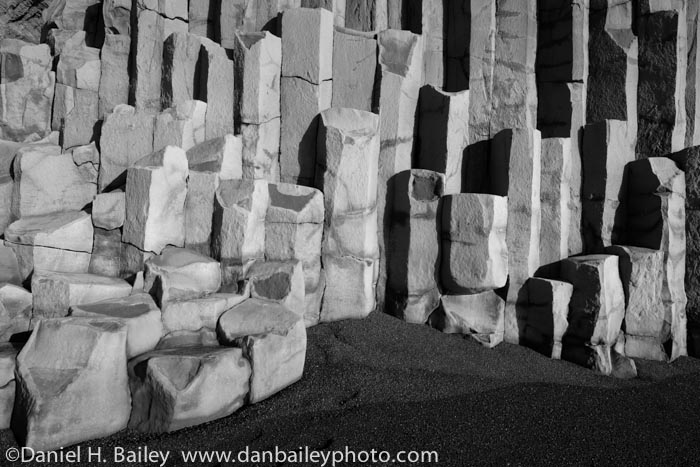

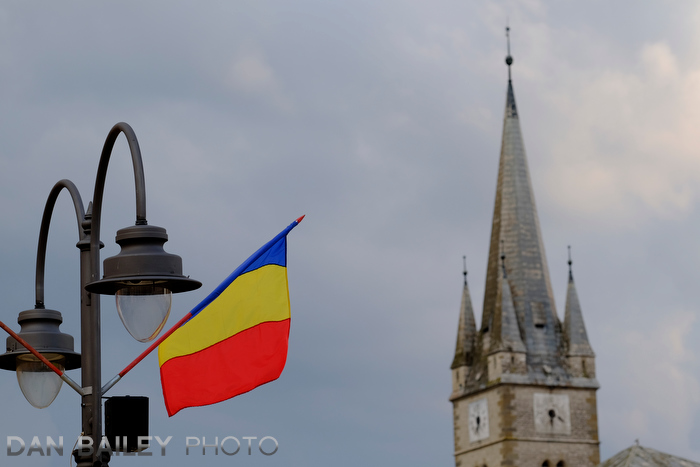
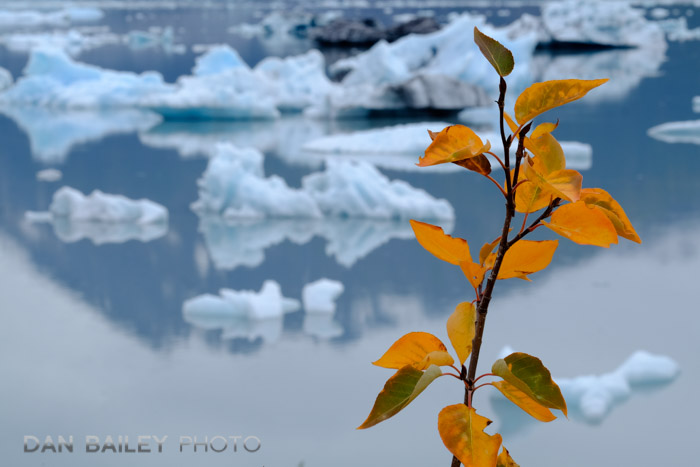
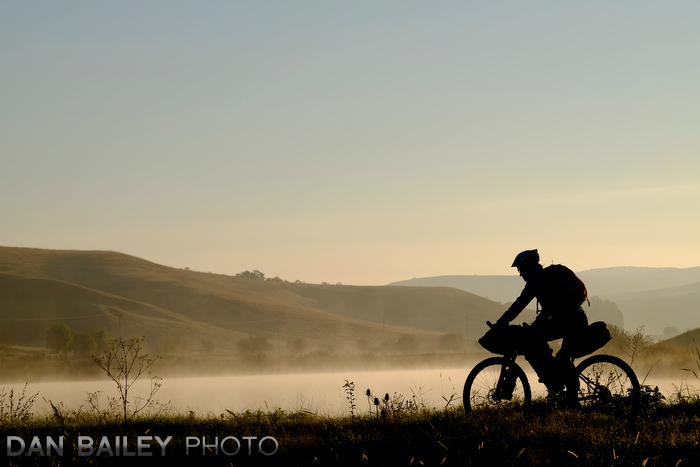
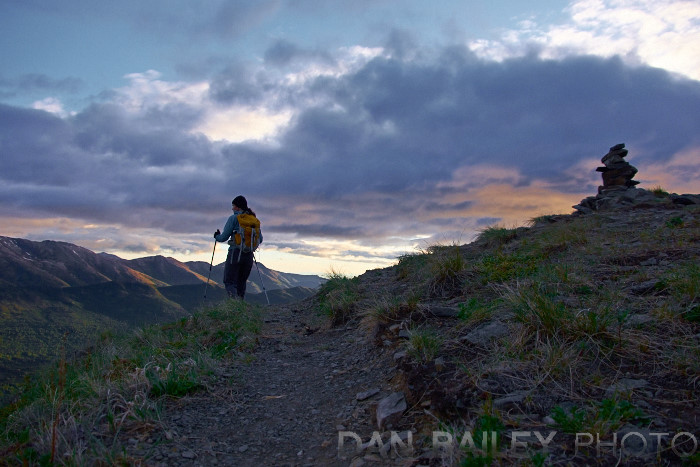
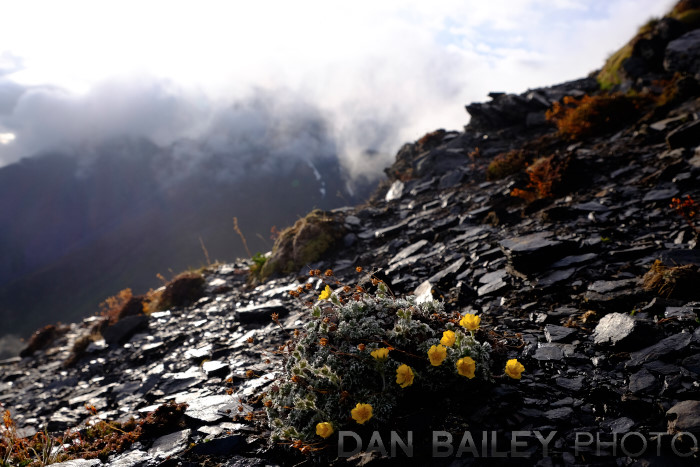

[…] with the Fujinon XF10-24mm f4R OIS at macleancomms / My 4 Favorite Lenses for The Fuji X Cameras at danbaileyphoto / Why the Fuji 55-200 is still a good choice at martincastein / Minimalism – A macro afternoon […]
[…] After shooting with Fuji X cameras for over two years, I've narrowed down which of the four Fuji XF lenses I like the best for my style of photography. […]
[…] After shooting with Fuji X cameras for over two years, I've narrowed down which of the four Fuji XF lenses I like the best for my style of photography. […]
[…] Support this site: Please consider purchasing gear through these links. It’s a way that you can show your appreciation for the time and effort that it takes me to compile and write these reviews, and it won’t cost you anything extra. It’s like a virtual pat on the back. Thanks so much! Also, click here to see my 4 favorite lenses for the Fuji X cameras. […]
[…] After shooting with Fuji X cameras for over two years, I've narrowed down which of the four Fuji XF lenses I like the best for my style of photography. […]
What do you think of the new 16mm F1.2 lens? I’m wondering about getting that for astro photography, landscapes etc. It is not quite a wide as the amazing 14mm, but still fairly wide.
Bel, I haven’t seen the new 16 1.24 in person yet, but I imagine that it’s a fantastic lens!! I love the 14 2.8 for landscapes, but the extra speed and slightly less-wide focal length would no doubt make it a great lens for astrophotography. It’s a little heavier, and you’re right, it’s slightly less wide, but if you need the speed, that could be the one! -Dan
Which is better the fujifilm xf35mm f1.4 or the xf23mm f1.4. I have just bought a fujifilm xt10 & need my first prime lense. Looking for the best quality image.Thanks
I think they’re both of comparable quality. Between those two lenses, it will come down to whether you want a “normal” style view, similar to a classic 50mm lens (XF35) or a somewhat wider view, similar to the classic 35mm lens (XF23).
[…] After shooting with Fuji X cameras for over two years, I've narrowed down which of the four Fuji XF lenses I like the best for my style of photography. […]
[…] After shooting with Fuji X cameras for over two years, I've narrowed down which of the four Fuji XF lenses I like the best for my style of photography. […]
Great post! I’ve been using the X Pro2 and 18-135 on rental, and am ready to make the jump. I’d be doing landscapes, wildlife, macro and travel, and I’ve got a trip to Costa Rica coming up. I’m impressed with the 18-135, just don’t know if the aperture will be sufficient in darker conditions like the rain forest. However, I am pleased with the minimum focus distance on the 18-135. I’ve gotten some decent macro function at the longest telephoto.
I’d be selling photos at fairly large sizes, so I need great IQ. I’d also like to keep my bag light – if possible, since the 100-400 is definitely on the list for wildlife.
Sorry to ramble, any insight is appreciated.
Hi Jessica- Thanks for your comment. The 18-135 is a good lens, but you’re right, it’s not very fast. My favorite fast telephoto for travel is the 90mm f/2. It’s about the same size as the 18-135, but much faster, and overall, I’ve found it to be a sharper lens, especially if you’re focusing on a subjects that are relatively far away. IQ is outstanding with the 90. You obviously lose the zoom flexibility, but I feel this is worth it for the quality it produces.
The other option would be to go with the 35 f/2. It’s extremely small and compact, and it could serve as your “fast” lens during times when you’re shooting in dim light. It also focuses pretty close- down to 8″, but for very close macro, you could look at getting the MCEX-11 or MCEX-16 extension tube. Or the 23 f/1.4. It’s even faster and focuses very close. It’s not weather sealed, but it’s an extremely sharp lens.
I have the XT1 and now the XT 2 on order. I use the 14mm, the 27mm (as a short normal) the 55-200 as my lightweight telephoto and the new 100-400mm long lens. I have the equivalent for my Nikon d800e system, I find these focal lengths do what I need. The Fuji system is top notch, and now with the 24 MP coming out I feel very confident that anyone who wants a serious lightweight system that will do many things quite well, this is the system.
Joseph, Thanks for the comment. If you like using the X-T1, I promise you, you’ll LOVE the X-T2, it’s an amazing upgrade!
I’m going to buy the Xpro2 but not sure which lens to buy 16-55 or 18-50. I know the 16-55 has no IOS. At the moment I shoot with my Nikon D600 (35mm, 50mm and 24-120), which I like but it’s very heavy. I’m looking for a stable, very quick lens because I’m shooting kids a lot and have to be flexible. Any advise? Thanks
Just got the 90mm f2. I also am an avid bike packer and almost always carry my camera with me. Just wondering if you’ve had any problem with your 90mm. Namely the “rattle” from the focusing mechanism inside the lens when not mounted. I kind of wonder how it’ll hold up over the course of several thousand miles on a bouncy bike.
Kristen, those are two very different lenses. The 18-55 is more of a “kit” lens, and while it’s a great performer for the price, and very lightweight, the 16-55 is definitely more of a “pro” lens. It’s going to have a faster AF tracking and speed than the 18-55, so probably a better choice when shooting fast action and moving kids. And it’s weather sealed. While it’s a little heavier, the X-Pro2 and 16-55 will probably still be smaller, lighter setup than what you’re used to, and you’ll get incredible image quality.
Hi Josh,
Awesome, I think you’ll really like the 90 for bike touring, it’s an amazing lens. I’ve used it extensively during the past year on various outdoor and bikepacking trips and I’ve never had a problem with it. Still razor sharp after many months of continuous use. I keep it inside a padded camera pack when I’m riding and hiking, so vibration is minimized, even on bumpy surfaces. The “rattle” is a little odd to get used to, but the Fuji WR lenses are designed to professional standards, so they’re built pretty tough. Where are you headed next on your bike?
Thanks for the reply Dan. The rattle in the 90mm gave me pause when I first thought of taking it on my next bikepacking trip. If it has held up well for you then I’d guess I’ll have little to worry about. I’ll have the lens with me on my next trip this month into northern Idaho and Montana for some bikefishing.
[…] question. Everyone has their favorites, just as everyone has their own style of shooting. (Here are my 4 favorite lenses in the lineup.) I’ve used most of the X Series lenses, and I can attest to their performance and build […]
Dear Dan,
thanks for your very insightful website and posts regarding gear. I do own an X-T2 (offer I couldn’t refuse) as well as a X-T1. Not sure if an amateur like me needs two bodies so I might sell the X-T1. But to the point; my current lenses are the 23mm 1.4, 32mm f2 and 56mm 1.2 . I do like the results but I tend to read on lenstip.com regularly and realized, that the new 50mm F2 has a much better resolution throughout than the 56mm. That surprised me as everyone was raving about the sharpness of the 56mm (and it is plenty sharp, I find). Is image resolution the same as sharpness? Is it worth owning both?
Same goes for the 23mm 1.4 compared to the 23mm F2 (lenstip.com loves the lens for it’s resolution). Should one downsize and switch? While I love the extra stop of light of my own lenses I am a sucker for sharp Images and the tend to soften up when opened wide. However, almost any pro raves about them despite the technical finding.
Also, with many lenses the guys from lenstip point out a flaw that Fuji often corrects the distortion of a lens in camera through software instead of keeping the optics physically accurate. Is that something to be concerned about? Should one only pick lenses that don’t need in camera correction? (that would limit the selection a bit).
Sorry for rambling. I appreciate you taking the time to reply. Thanks in advance.
John
Hi John, I can attest that the 50mm is an incredibly sharp lens. I haven’t compared it agains the 56, but it’s awesome quality glass. And given that it’s half the size, weight and price of the 56, and weather sealed, if you like the idea of going smaller and lighter, then yes- I think it’s worth downsizing and switching. Unless you absolutely need that extra stop, which you probably won’t. The 50 actually focuses much closer than the 56, which means you can in nice and tight and get awesome bokeh. I own both lenses and since getting the 50, I haven’t used the 56 once. I see no need. I’d probably say the same thing about the 23. Overall, I think the new compact f/2 series hits the mark in every single way. And I wouldn’t worry about the correction issue. It’s not a factor in real life shooting. I’ve never noticed any problems. 🙂 -Dan